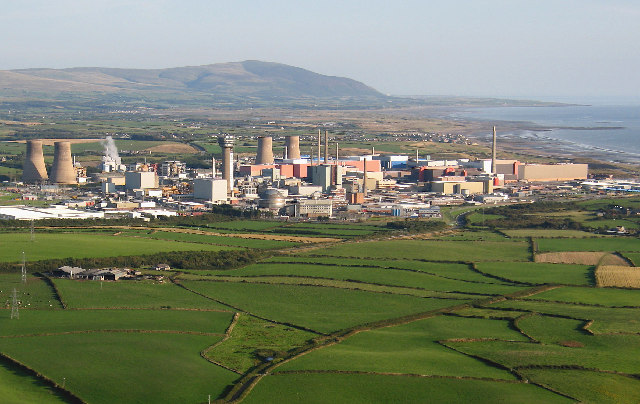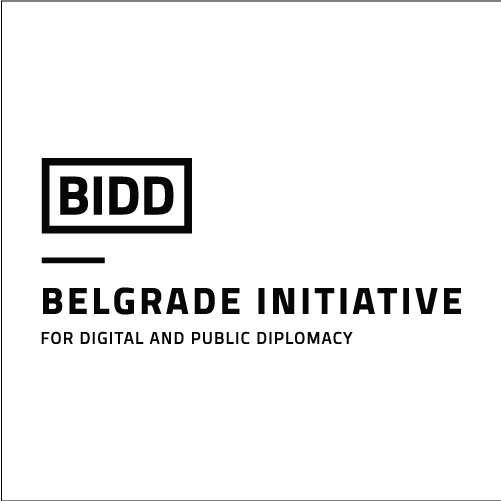UK Deputy Permanent Representative to the Conference on Disarmament
11th March 2020 Geneva, Switzerland
Blog: Understanding the Nuclear Fuel Cycle 
Working on nuclear issues is hard – not only understanding the science behind it, but also its complicated politics and history. To help me do nuclear diplomacy better, I wanted to improve my awareness of how the nuclear fuel cycle works. That is why earlier this year I visited five nuclear sites – three in the UK and two in France.
My visit to the UK nuclear sites was organised by the Ministry of Defence and the National Nuclear Laboratory. Over the three days, we visited Capenhurst, a uranium enrichment site; Springfields, where uranium is converted into fuel for use in reactors; and Sellafield, where spent nuclear fuel is reprocessed. The sites at Capenhurst and Sellafield produced the UK’s fissile materials for its nuclear weapons, prior to the moratorium on new production in 1995.
The visits helped me to understand the basics of the nuclear fuel cycle: from uranium extraction; through conversion of the uranium ore to the required purity; enrichment so it can be made into fuel (or used in a weapon if highly enriched); then the fuel production for use in reactors; and finally reprocessing, where the uranium and plutonium in spent fuel are separated (either for use again in reactors or for use in weapons).
Whilst the visits were focused on the civil uses of nuclear energy for creating power, they did also help me understand how a proliferator could acquire nuclear material to make a nuclear weapon.
Many of the facilities at the sites we visited were being decommissioned. I was struck by how seriously the UK, in particular the Nuclear Decommissioning Authority, takes its responsibilities to ensure that these facilities are safely dismantled. It also brought home to me just how important verification will be to any comprehensive nuclear disarmament agreement.
By coincidence, just a few weeks later, our French colleagues here in Geneva, organised for members of the Conference on Disarmament to visit two of their former military fissile material production sites. First, we visited Pierrelatte, a former gas diffusion enrichment plant; and then Marcoule, a former uranium reprocessing plant. Our French hosts stressed the irreversibility of the decommissioning of these sites. Like the UK, France has had a moratorium on the production of fissile material for use in nuclear weapons since 1996.
As we approach what is likely to be a very challenging Review Conference of the Nuclear Non-Proliferation Treaty in April/May, these visits served as excellent background on the three pillars of the treaty – disarmament; non-proliferation; and peaceful uses.














